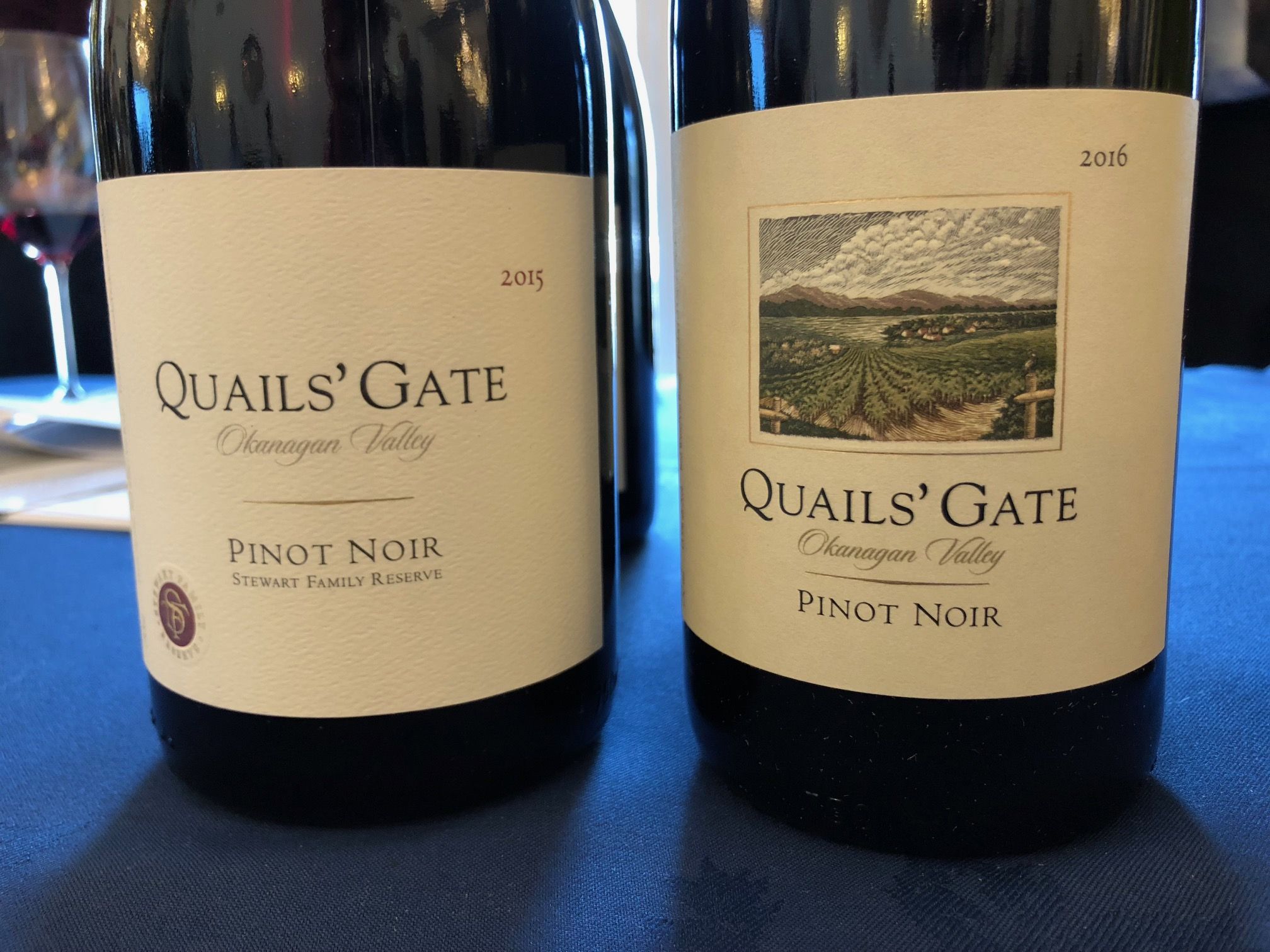The wine industry has more than its share of competitions and award ceremonies, but with the Champagne & Sparkling Wine World Championships it now has an event that rewards and honours arguably the fastest growing and most important categories on a wine list. Tom Stevenson explains how it all came together.
How did the idea of CSWWC come about?
I had initially considered the possibility of launching my own sparkling wine competition after the second edition of my Christie’s World Encyclopedia of Champagne & Sparkling Wine in 2003. In the five years since the publication of the first edition of that book I had noticed an extraordinarily rapid development in the range and quality of sparkling wines produced beyond the borders of Champagne.
I thought that maybe it was the right time, but I wasn’t sure, then Decanter offered me the chair of two of its panels, Champagne and Alsace, in the very first year of its World Wine Awards. I had been writing for Decanter since 1981 and I loved chairing at the DWWA so much that I forgot all about any embryonic thoughts of my own competition. However, all good things come to an end and after nine years Decanter decided to begin a phase of dropping, moving or changing a number of the chairs, including me. Which was fair enough: nine years was a long time.
This reignited the idea of my own sparkling wine competition. So, yes, the CSWWC was originally my idea, but I really have to thank Decanter for making it a reality.
What do you think you can do that other competitions can’t? Why do we need another wine competition?
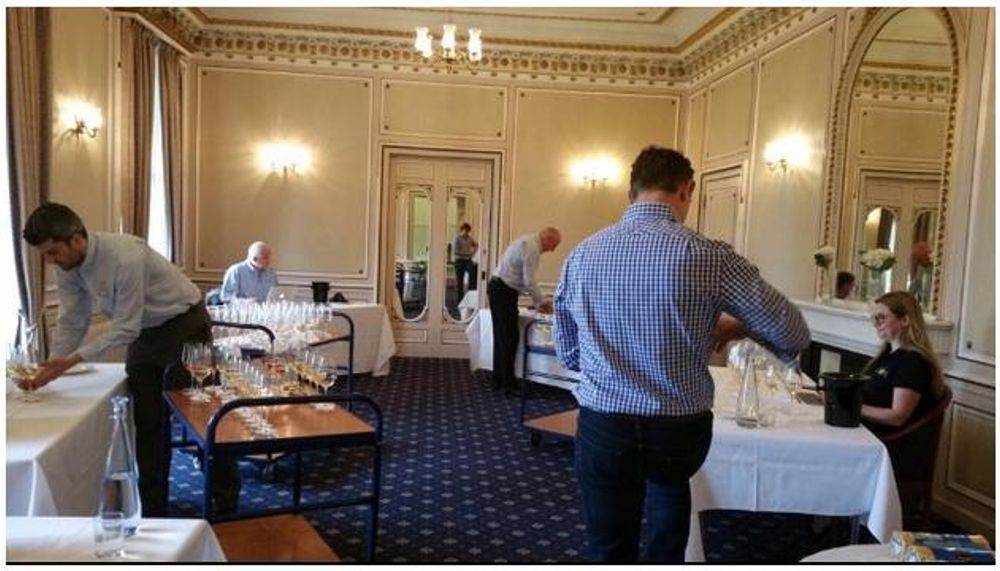
The judging process is what CSWWC claims makes it unique
The CSWWC has two advantages that no other competition can possibly replicate and two quality-control mechanisms that others can copy but none has so far.
The first of the two unique advantages is the combined sparkling wine technical knowledge and tasting experience of CSWWC’s specialist judges.
The second is that every single wine is assessed under blind conditions by the same three judges, which guarantees the same yardstick is applied to all the wines entered. Some competitions have as many as 240 judges and how a wine performs can often depend on whose table it lands.
The two quality-control mechanisms are the protection of clear-glass bottles and a check for bottle-variation. Clear-glass bottles are prone to light-struck aromas within just 60 minutes exposure to light and many competition wines spend several days exposed to light on the sorting tables, which is why the CSWWC double-bags all clear-glass bottles in protective black plastic as soon as they are received and unpacked.
Bottle-variation is the unspoken worry of every competition. I don’t know a single wine judge who has not, at some time or other, looked at a crib sheet and wondered why a wine he or she knows did not do better. The most likely reason is a fault that is not itself detectable, but its effect is, such as a below detectable level of TCA, which can scalp the fruit. If a good taster sees the label and knows the wine, he or she would realise the fruit had been scalped and request a second bottle, but under blind conditions it could simply be regarded as a lack of fruit and get marked down.
To avoid this the CSWWC has a taster who is not one of the judges open up a second bottle of every wine scoring Bronze or less and compare it to the bottle the judges tasted. Any wine found to have bottle-variation is slipped back into the competition under a different code.
Why aren’t other competitions protecting against clear-glass bottles and bottle variation?
What for you stands out as an award winning Champagne/sparkling wine? What are you looking for…
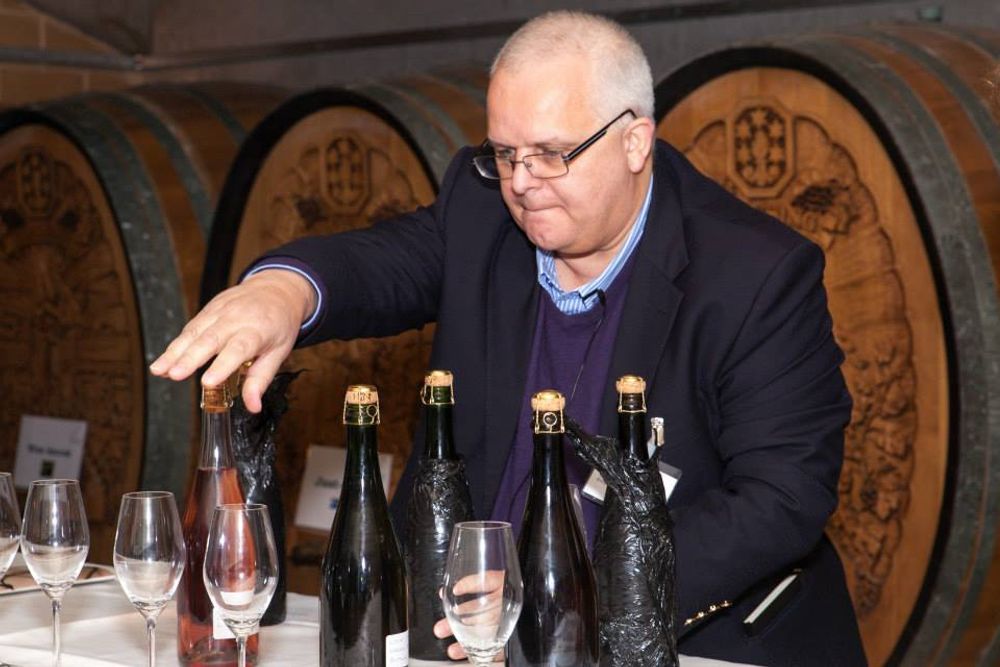
Tom Stevenson is widely regarded as one of the world’s leading figures on Champagne
The amount of fruit and yeast-aged character should and will vary according to origin, grape variety and style, but all sparkling wines must be long and linear to one degree or another. Within this general parameter I look for elegance and finesse, with vitality most important in youthful wines, and graceful ageing every bit as important as complexity in the more mature examples.
The mousse must always be smooth, never aggressive. Although bubbles are of course a prerequisite of any sparkling wine, they should always play a secondary, supporting role and never obscure the wine itself. Finally, the Holy Grail for any winemaker, whether still or sparkling, has to be intensity without weight.
How did you decide on the categories and the judging process?
The categories are decided by the wines entered. We are open to any origin and style of sparkling wine.
What do you see as the most important opportunities and challenges for:
Champagne
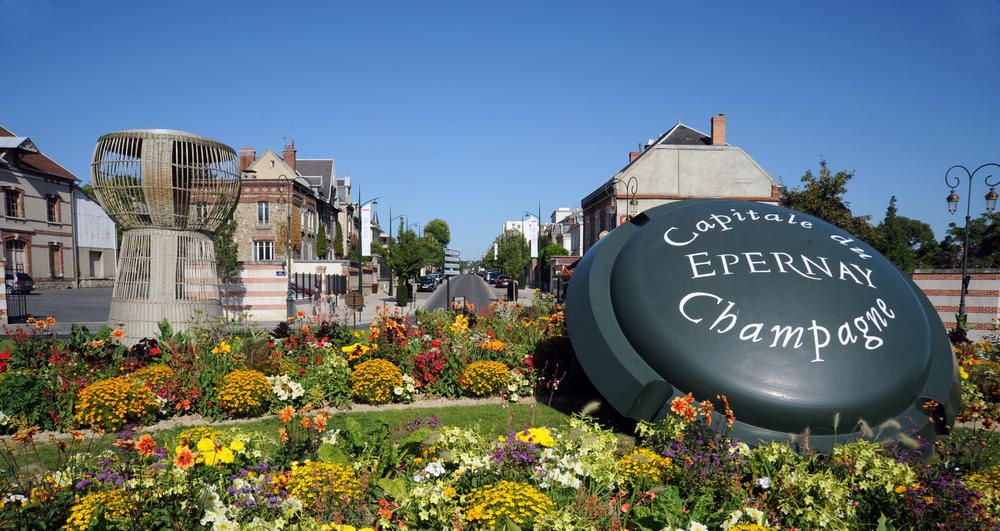
Naturally enough the one imperative all Champagne producers agree on is to maintain and if possible increase the premium in price it holds over all other sparkling wines in general, but how can they manage this in a market where other sparkling wine are getting better all the time?
Not by complacency, that’s for sure. They must ensure Champagne’s quality and consistency never disappoints consumers, particularly new consumers who trickle over from other sparkling wines. This will not be easy because not only do other sparkling wines represent a moving target as they continue onwards and upwards, but global climate change raises a fundamental question the champenois have yet to answer.
Are the recommended clones currently planted in Champagne the best clones for the future? At the very least all clones need to be reassessed according to increased temperatures and unpredictable weather patterns.
Another quality-control issue they have to tackle is what to do with the lowest quality wines in a one-appellation system? They need to answer these and other questions before the planned “expanded” Champagne hits another wall of demand that it cannot satisfy.
Theoretically a future middle-class China could swallow the entire production of champagne on its own (which is one reason why the CIVC should not be obsessed with Champagne’s current failure to penetrate the Chinese market).
Champagne should look at these questions now, not wait for stocks to run out and be accused of greed for its knee-jerk reactions.
Sparkling wine
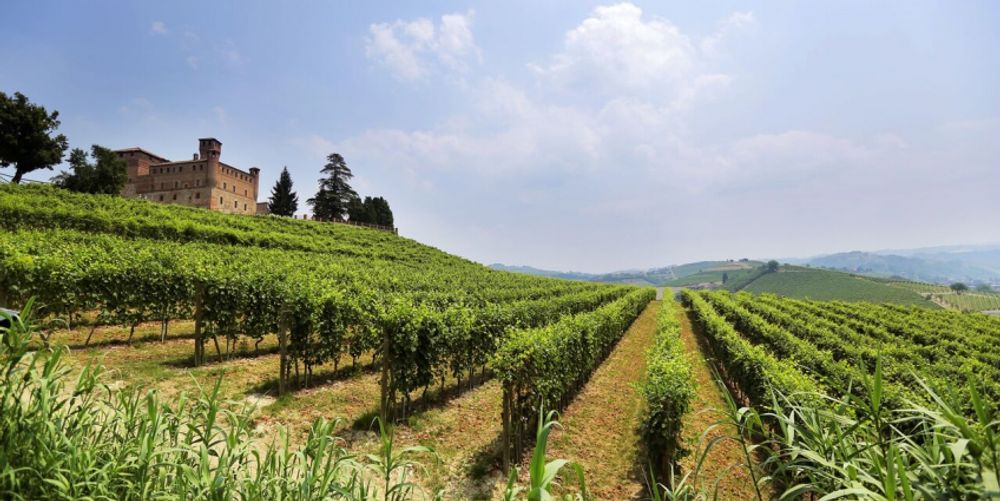
Never has there been such opportunities for sparkling wines beyond the borders of Champagne itself. Today’s younger consumers do not treat the term “sparkling wine” as a dirty word. They have grown up in an era when sparkling wines have become so good that they are respected in their own right. Both Champagne and other sparkling wines are no longer opened up merely for celebration, but as an integral part of a meal.
Sparkling wines are extraordinarily versatile when accompanying food and deserve their place at the table. Their challenge for the next 20 years is to establish dedicated sparkling wine regions, where there are a significant number of sparkling wine specialist producers with vines that are planted, pruned and harvested specifically for sparkling wine and where the region is primarily recognised as a sparkling wine region.
There are not that many: Franciacorta, Trentodoc, Tasmania, England. There are many producers outside these regions producing world class sparkling wine, but they are isolated. There is a strength in numbers, a strength of reputation. Some are trying, such as Marlborough and Alta Langa. Cava would be if and when it becomes terroir-based, but will we ever see Cava del Penedès? This is their challenge.
Which countries do you think are doing the most exciting things with sparkling wine now and in to the future?
Italy for Franciacorta, Trentodoc and Alta Langa; Australia for Tasmania; and England for England!
What are your thoughts on the Prosecco phenomenon and its overall impact on sparkling wine?
It is not a danger and can have a beneficial impact on the rest of the market. Most Prosecco drinkers would not like Champagne if they were offered it at half the price of Prosecco. They simply do not like the smell or taste of any bottle-fermented sparkling wine.
Many Prosecco drinkers have moved over from cocktails, not other wines. For these consumers, Prosecco is the first wine they have enjoyed and it is its freshness of primary aromas that attracts them. The vast majority of these new, otherwise non-wine-drinking consumers will never move on to other wines, although they might go back to cocktails or follow other drink trends in the future. A few, however, will trickle through to Champagne, Franciacorta, Trentodoc and other wines, and that will be thanks to the new market created by Prosecco.
What are your personal favourite styles of Champagne/sparkling wine?
Vintage Champagne. I cannot understand why Champagne finds it easy to sell at its two extremes, non-vintage and prestige cuvées, yet struggles to move vintage, which must surely be the best value of all Champagnes.
I’m also buying and drinking by the magnum more than I have ever done. Magnums are always significantly superior to 75cl bottles and if you leave a half-consumed magnum in the fridge, it never declines and is often even better the next day.
Favourite bar to enjoy a glass of fizz?
Epernay Bar in Manchester whenever I’m passing through.
Favourite company to enjoy a glass of fizz…pick three people from the trade/ or famous/ influential people.
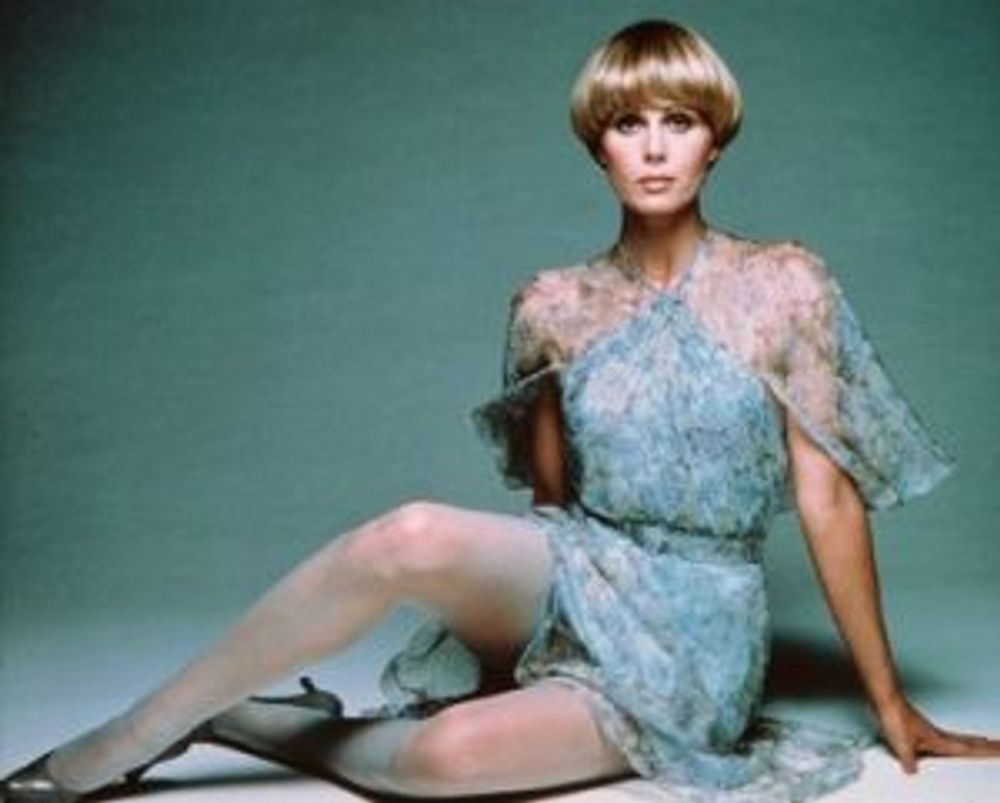
Joanna Lumley: perfect to share a glass of fizz with
Joanna Lumley, Victoria Coren Mitchell, and the Queen!
Favourite Champagne and food match?
The Risotto ai Formaggi Dolci e Funghimade by Philippe Leveille from six different sweet mountain cheeses at his 2 Michelin-starred restaurant, the Miramonti l’Altro, in the hills above Brescia in Lombardy is arguably the best risotto in the world and as such demands a great vintage Champagne. Or, because it is on the periphery of the Franciacorta region, a great Franciacorta, such as Cà del Bosco 2012 Vintage Collection Satén. In magnum, of course!
- The three main judges for the competition are Tom Stevenson, Essi Avellan MW and Dr Tony Jordan. The Buyer will be catching up with the other two judges in the coming weeks.









